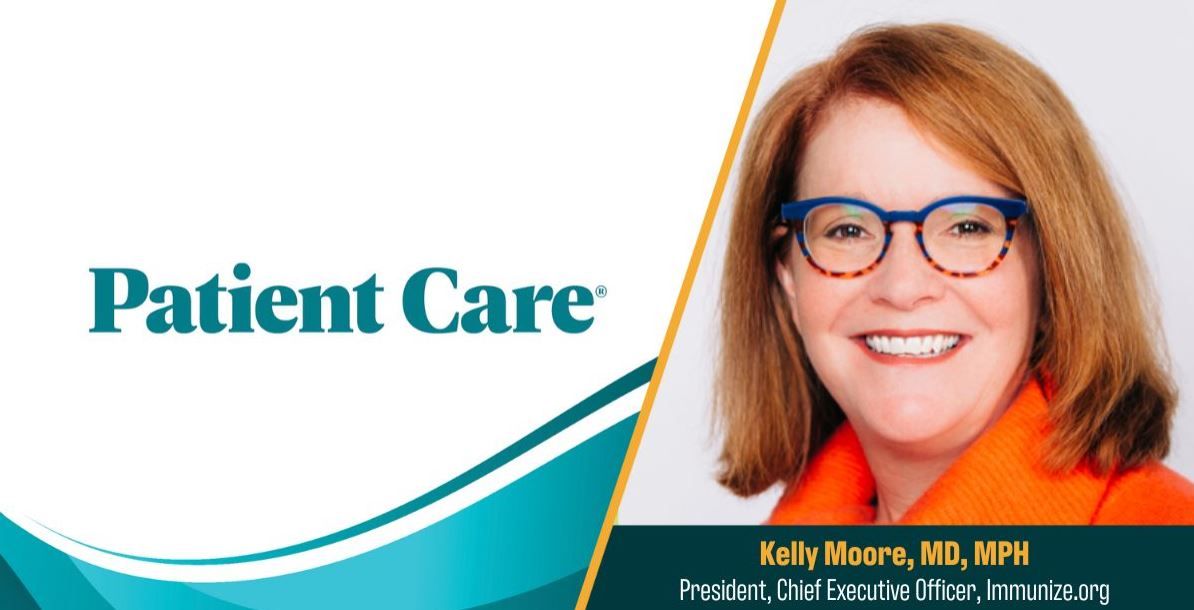In a significant departure from pandemic-era universal vaccination recommendations, the CDC’s Advisory Committee on Immunization Practices (ACIP) now recommends shared clinical decision-making for COVID-19 vaccines, focusing on individual…
Category: 6. Health
-
Just a moment…
Just a moment… This request seems a bit unusual, so we need to confirm that you’re human. Please press and hold the button until it turns completely green. Thank you for your cooperation!
Continue Reading
-
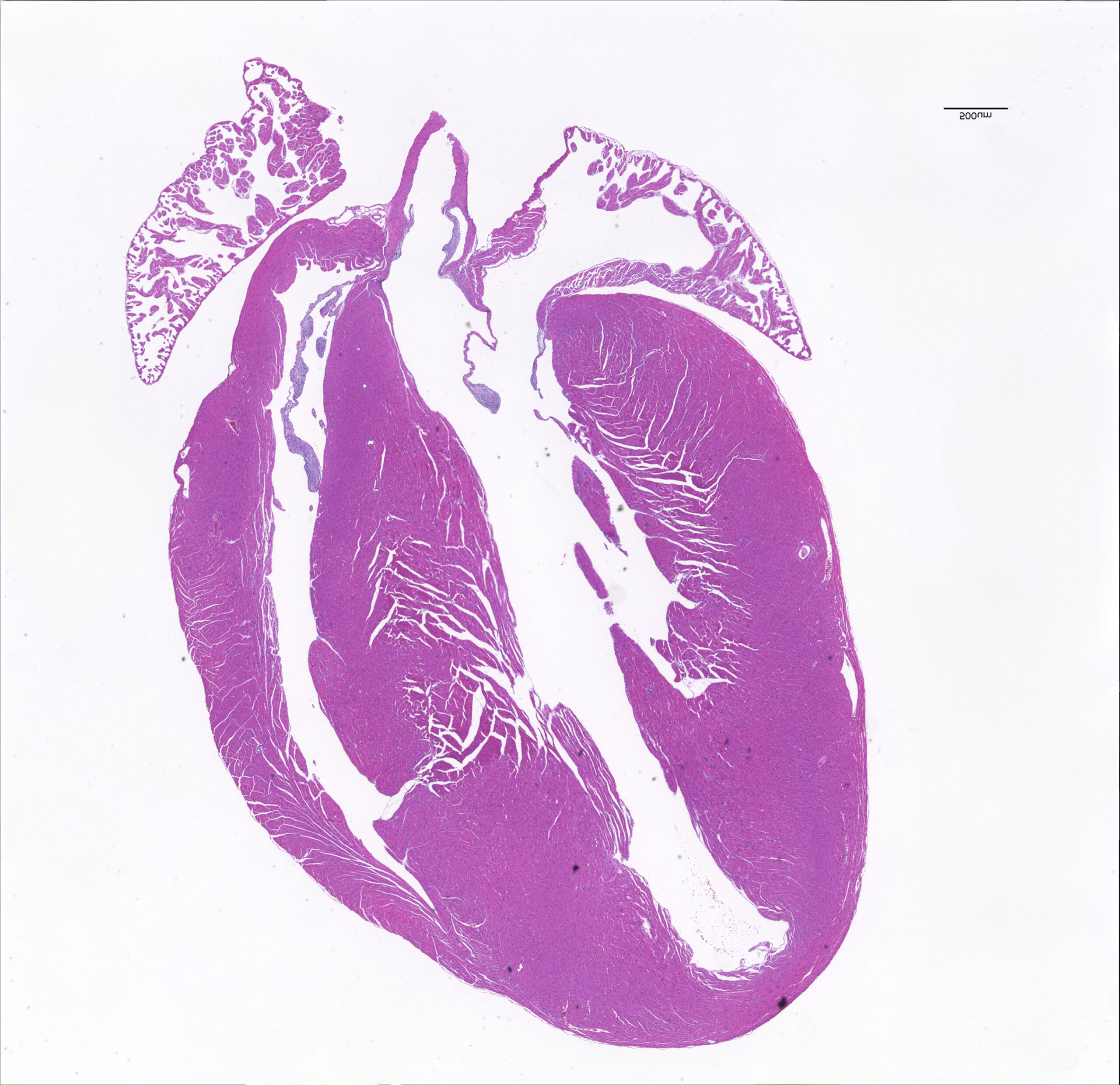
Single Nucleotide Edit Fixes Heart Muscle Disease
Researchers used a technique called base editing to correct a mutation in the lamin A gene. At 8 months old, heart cross sections from treated mice resembled those of normal healthy mice [Xurde Caravia] Genetically…
Continue Reading
-
Portugal vaccinates half mln people against COVID-19 in special campaign-Xinhua
LISBON, Oct. 14 (Xinhua) — More than 517,000 people received COVID-19 booster vaccinations during the first three weeks of Portugal’s special vaccination campaign, the Directorate-General for Health (DGS) reported Tuesday.
An additional…
Continue Reading
-
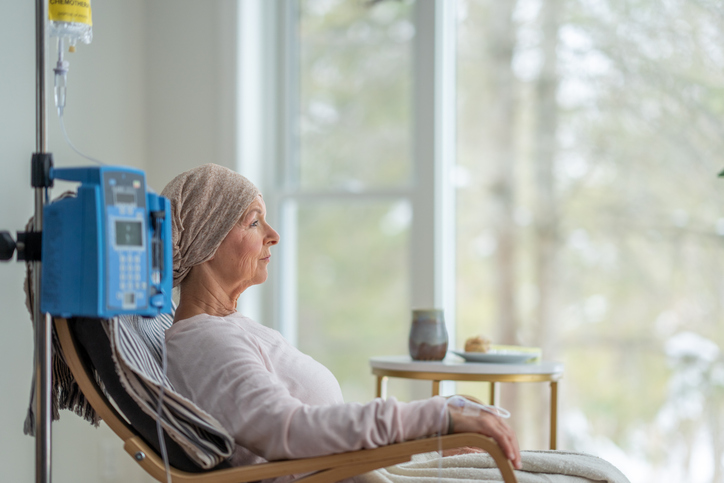
“Chemo Brain” Linked to Brain Lymphatic Damage
Credit: FatCamera/Getty Images Memory lapses, difficulty concentrating, and a sense of mental cloudiness—often referred to as “chemo brain”—affect as many as 75% of cancer patients and can last long after…
Continue Reading
-
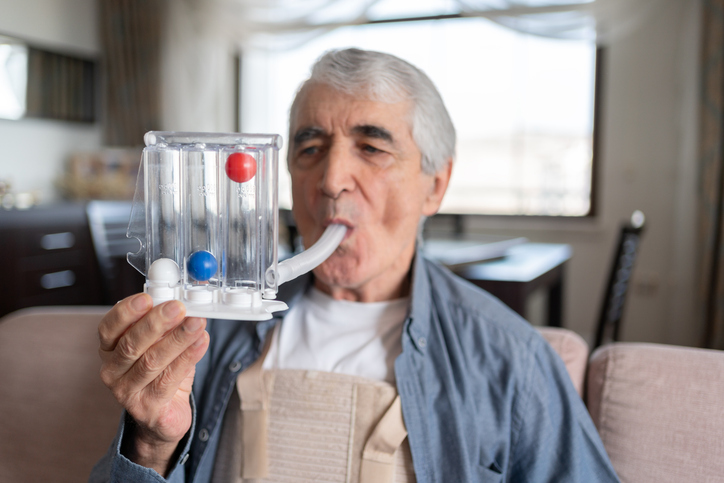
Airway Mucus Plugs Link to Risk of Moderate-to-Severe COPD Exacerbations
Clinicians should prioritize identification and treatment of airway mucus plugs in patients with chronic obstructive pulmonary disease (COPD) to reduce their likelihood of acute exacerbations, according to a study published in CHEST…
Continue Reading
-
Just a moment…
Just a moment… This request seems a bit unusual, so we need to confirm that you’re human. Please press and hold the button until it turns completely green. Thank you for your cooperation!
Continue Reading
-
Just a moment…
Just a moment… This request seems a bit unusual, so we need to confirm that you’re human. Please press and hold the button until it turns completely green. Thank you for your cooperation!
Continue Reading
-
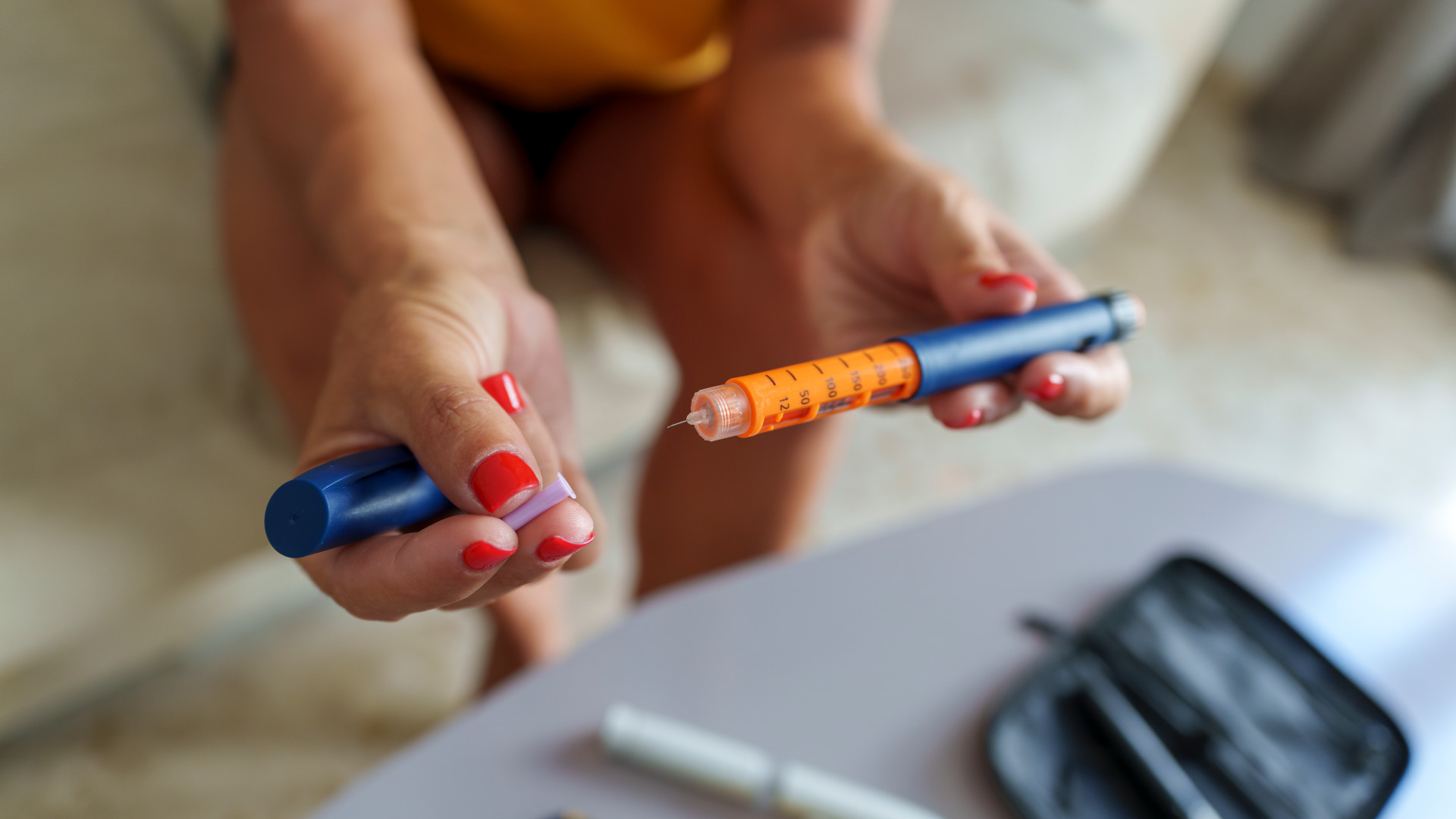
Vegan Diet Helps People With Type 1 Diabetes Cut Insulin Costs by 27%
WASHINGTON, D.C. — A low-fat vegan diet that doesn’t limit calories or carbohydrates could help people with type 1 diabetes reduce insulin use and insulin costs, according to new research by the Physicians Committee for Responsible Medicine…
Continue Reading
-

Long-Term Smoking Cessation Slows Cognitive Decline in Middle-Aged and Older Adults
Middle-aged and older adults who quit smoking experience significantly slower rates of cognitive decline than those who continue smoking, according to an 18-year longitudinal analysis of nearly 10,000 participants published in The Lancet Healthy…
Continue Reading
